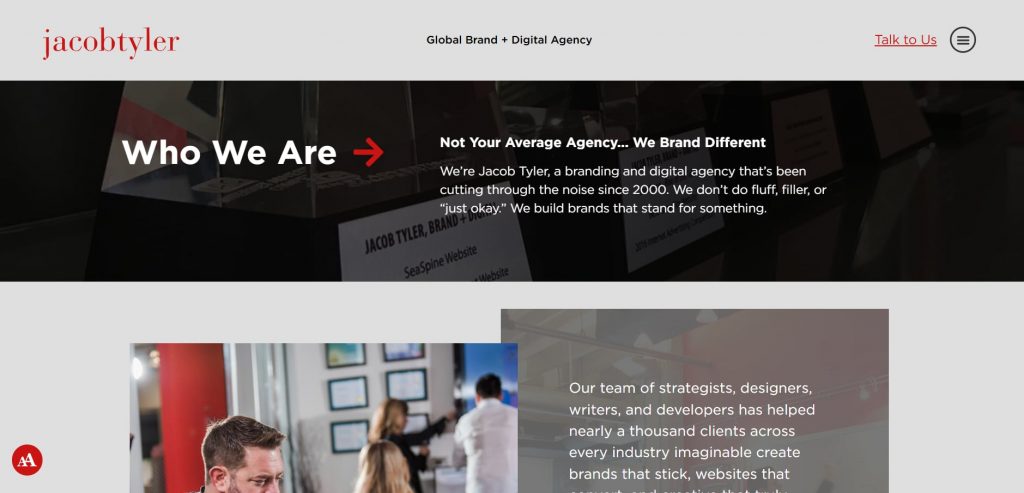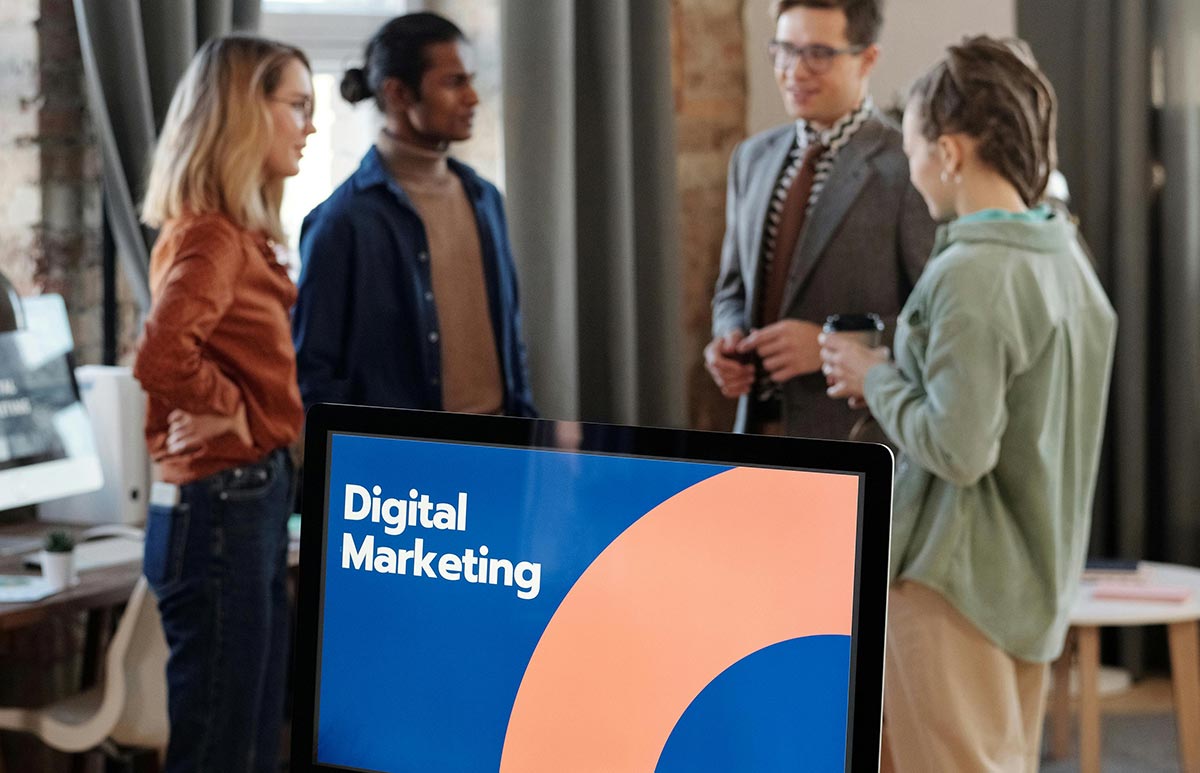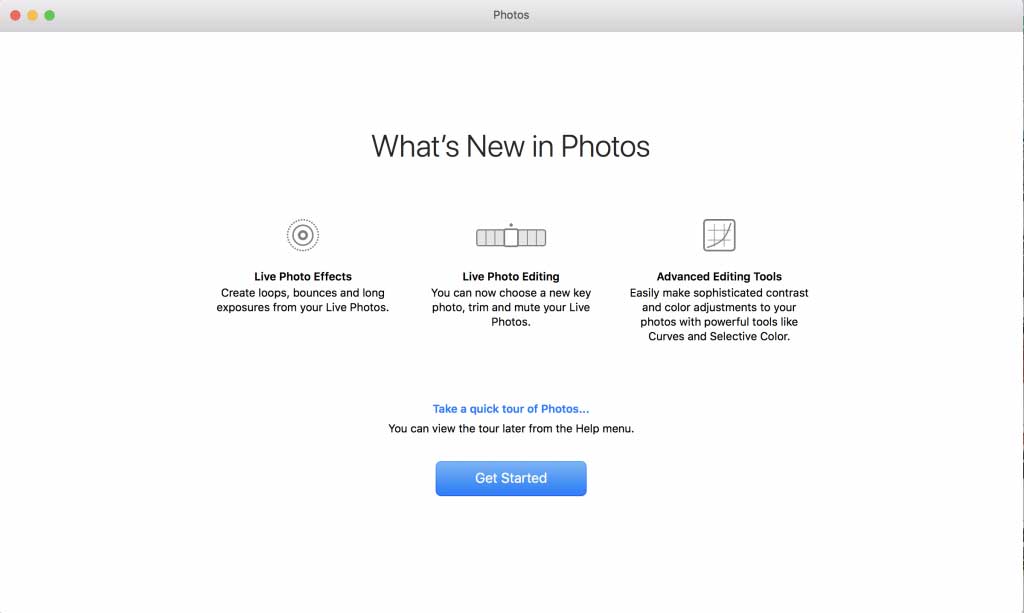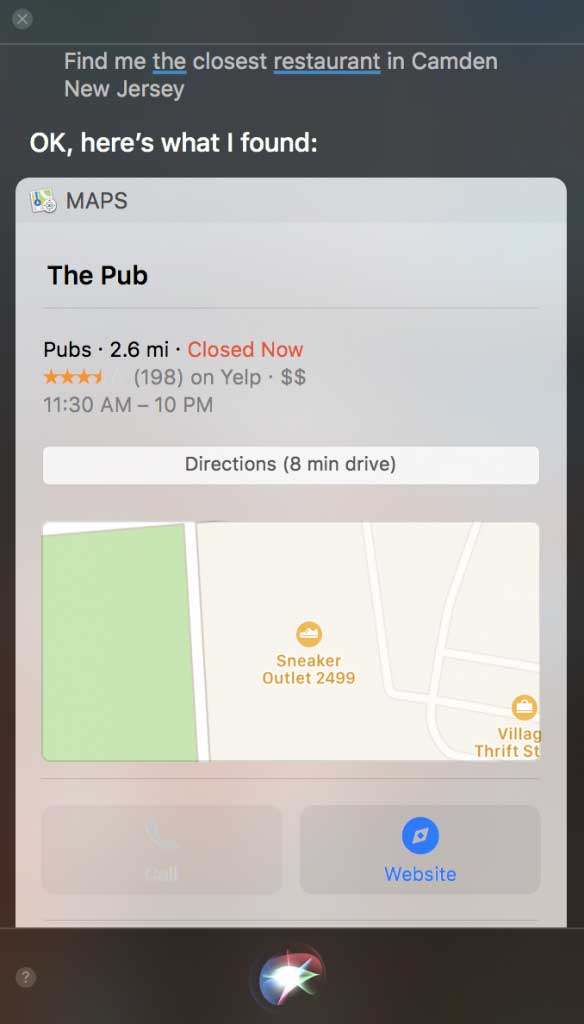Business
Mac OS High Sierra Review
Published
8 years agoon

Another wonderful day in the world of software. September 25th was the official release day of Apple’s newest software update, High Sierra.
The most recent hype from Apple has been the recent release of the iPhone X, iPhone 8, and iOS 11. Little attention is spent on what once was the cornerstone to Apple’s success. For the longest time, The Mac has consistently wavered around 10 – 15% market share of all computers in the wild and experts do not see that number moving much as the future of Apple (and the world) favors mobile.
One of the most important purchases I have personally made in 2017 has been my MacBook Pro 15 inch Touch Bar. I purchased the middle tier option, leaving me with a hefty price tag and a touch bar that I rarely use. During Apple’s last announcement of the Mac OS, I was hoping Apple would discuss how we could get more use out of the Touch Bar. Unfortunately, users were disappointed. This review is to go over the most exciting parts of the new operating system and what you can look forward to when you decide to download the most recent Mac OS update.
To download Apple’s newest operating system, use this link to be directed to the MacApp Store.
Before I begin my review, I do have to put my former Apple lanyard back on and mention that you need to make sure your computer is completely backed up and the data is safe. You DO NOT want to lose any important information on your computer. I have been there and it sucks. Anyways, former lanyard back off.
Apple File System
The Apple file system has always been one of my most favorite functions of Mac OS. It’s easy to navigate or find a file that may be tucked away. Although there is not a significant difference in the way we search, I do like the added functionality of the “Recent” tab within Finder. Finder has always been my friend for all things search, more specifically the the “Spotlight Search.” I find myself constantly hitting the Command (or Apple button to those users that are old school Apple fans) and the spacebar. It loads a screen, as you can see below, and it allows you to search for essentially anything you want. In the video below, you will see a brief example of how I use my computer to find or locate a file that I most frequently use.
Although this is not a significant upgrade to the overall file search and structure, it is a setup for what’s next. And what that is has yet to be determined.
Virtual Realty, Metal 2, and 4k Video
Again, this is another setup for the future of Apple. Most new monitors have the functionality for 4k Video, but the additional of Metal 2 and virtual reality is important and will allow individuals who use virtual reality to explore on the Mac. Read more on Metal 2 or VR.
Safari 11
Do you have websites that automatically load a song or video? Well now, you won’t have to worry about crapping your pants when your headphones are in. Safari 11 helps with that. The other update to Safari is the ability to add content blockers and autofill efficiencies. The autofill is such a time saver for me. The ability to use my touch bar or the iCloud Keychain auto remembers my information allows a forgetful person to not worry about what their password or basic information may be. Thanks Apple! 🙂
From my overall assessment, Apple is trying to make your search on Safari a pleasurable experience that has little to no distractions. Which is good because in today’s world of content, there are distractions. I appreciate the additions, but they are by no means substantial.
Photos
Yet again, another photos update. Personally, I rarely look at my photos on a Mac. All I want to know is if they are properly synced and located on iCloud Drive to make sure I can obtain them at any time. I may have opened the photos app once or twice? If I am the anomaly I apologize to all you photo editors, but with the world going more mobile, the additional features of photos are nice, but is it really needed?
Siri
I tested Siri the same way I did on iOS 11 and it’s still not there yet. All of the same features and functions are not available on the Mac. One of the features that I am particularly excited about is the type to Siri feature. Sometimes when I am working, I don’t want to be distracted. Not only have I gotten rid of Siri on my Touch Bar, but the ability to not talk to Siri is a high bonus for me. I rarely use it, and when I am working in a quite office, I don’t want to be that guy belting out requests to Siri.
In conclusion, this update seems more or less like a “S” update. Similar to the iPhone 6s and it’s predecessors. High Sierra looks nice, I have a new background that I can use. (Yay?) I am not sure why I feel this way, maybe it’s the marketing behind Apple, but I get so excited for the software updates and update almost immediately, and my expectations are so high and then I am disappointed by the limited amount of “new things.” I shouldn’t feel the need to have new things, but I do. The Mac OS is the best software on the planet, yet I am unsatisfied for some reason. The positives, like everything else with Apple, it just works. And for that, I thank the software team at Apple. Apple’s setting us up for something truly remarkable and if I could guess, it involves the technology with the iPhone X.
You may like

TLDR: Penji is unlimited graphic design for a flat fee; Colab is digital transformation focused on brand storytelling; Jacob Tyler is a full-service brand strategy powerhouse; Micro1 is AI-powered engineering and tech design.
Did you know that California’s creative economy is worth more than $500 billion to the state’s economy? That’s a lot of creative minds at work!
The search for the best design agency in Los Angeles can be quite daunting. After all, 1 in 6 people in L.A. work in a creative field. It’s no surprise there are thousands of candidates that would be an ideal extension of your dream team.
If your business requires a rebrand or continuous graphic design efforts you can rely upon day in and day out, then finding the right design agency will help your business thrive. You need more than just a creator, you need someone to bring your vision to life.
To ease your research, here are the top four contenders as the best graphic design agency in Los Angeles.
1. Penji

The future of design has arrived. Seeking a design service upon demand? Penji is your new graphic design service that acts as an extension of your team.
No hidden costs, no missed deadlines and For a monthly flat-fee subscription service, you will have access to the top 2% of designers in the world with little more than a submission request for us to take it from there!
This is perfect for marketers or agencies seeking cohesive quality over hiring needs.
Pros:
- Unlimited Revisions: We keep refining until you are 100% happy.
- Flat Monthly Rate: No surprise fees or hourly billing.
- Fast Turnaround: Most drafts are delivered within 24-48 hours.
- Vetted Talent: We hire the top 2% of designers, so you don’t have to vet freelancers.
Cons:
- Subscription-based: This model is best for those with ongoing design needs rather than one-off projects.
2. Colab

When it comes to a design as a service partner with digital transformation as its focus, Colab is the place to be.
A location-based agency that takes a data-led transformational, story-driven approach to seamless UX, Colab is where brands/agencies should go when seeking to merge strategy creation/implementation through execution from start to finish—especially with websites that merge look/functionality with success.
Pros:
- Strategic Focus: They rely heavily on data to drive design decisions.
- Local Expertise: A deep understanding of the LA market.
- Full-Service: They handle everything from the backend code to the frontend visuals.
Cons:
- Higher Cost: As a traditional agency, their project fees will be significantly higher than a subscription model.
- Timeline: Large-scale digital transformation projects can take months to complete.
3. Jacob Tyler

For nearly 20 years, Jacob Tyler has existed in the California Brand Design Agency game as a powerhouse. This full-service digital communications agency will trim the fat from your ultimate brand strategy to hone in on what you truly need moving forward.
If you’re looking for a major professional facelift with omni-channel marketing and integrated deep brand strategy, Jacob Tyler is a heavyweight brand—literally!—who’s worked with everyone from startups to credit unions!
Pros:
- Experience: Over 20 years of experience in the industry.
- Comprehensive: They can handle your entire marketing funnel, not just the design.
- Award-Winning: A strong portfolio of successful, high-profile campaigns.
Cons:
- Project Minimums: They typically work with project budgets starting at $10k+, which may price out smaller startups.
- Complexity: Their comprehensive approach might be overkill if you just need graphic design execution.
4. Micro1

Micro1 takes creative human design efforts and merges them with AI functionality. As a critical graphic design agency, they use artificial intelligence for beauty and brains on websites/apps like never seen before!
Micro1 builds engineering teams behind major apps (think Tinder, Uber…) so if you’re a tech-based startup in need of cutting edge product development based on extraordinary UX/UI look no further!
Pros:
- Tech-Forward: Ideal for SaaS and app-based companies.
- AI Integration: Uses AI to enhance efficiency and speed.
- Scalable: Great for ambitious startups looking to grow their engineering and design capabilities simultaneously.
Cons:
- Niche Focus: They are heavily focused on product and app development, rather than general marketing graphics.
- Development Heavy: If you don’t need coding or software engineering, their full suite of services might not apply to you.
Credit for Cover image: Photo by Mikael Blomkvist on Pexels
Business
What’s the Best Graphic Design Service for Ongoing Marketing?
Published
6 hours agoon
December 17, 2025
One constant part of managing a business is marketing: it’s a never-ending process. So, if you need a steady supply of social media posts, ad campaigns, and other visuals, you need to work with a reliable graphic design subscription service. Here are our top five:
1. Penji

Who doesn’t want unlimited graphic design for a fixed monthly fee? Penji offers plans with unlimited revisions, access to a team of design experts, fast turnaround times, and cost-effective pricing. This is the best option for business owners, marketers, agencies, and internal teams to get social media graphics, custom illustrations, logos, web and app designs, and many more.
2. Flocksy

Next, having a dedicated team of creatives without worrying about overhead expenses makes Flocksy an excellent design solution for marketers. Like Penji, it offers flat-rate pricing that’s predictable and suitable for businesses of all sizes. It provides graphic design services, video editing, motion graphics, and more.
3. Designity

Offering you the guidance of a US-based creative director, Designity is a graphic design service platform that’s ideal for modern businesses. It can provide you with a wide range of services, including motion graphics, videos, digital ads, social media graphics, and mobile app design and coding, among others.
4. ManyPixels

With a fast turnaround time for their unlimited design requests, ManyPixels is another reliable creative service platform for marketers. It provides ongoing support for your marketing efforts, including branding, illustrations, social media posts, print design, and video editing, to name a few.
5. Superside

Another creative-as-a-service platform, Superside, suits every size business and marketing team. It is ideal for those with high-volume design needs and a larger enterprise marketing network. You can get a wide array of graphic design services, including ad creatives, branding services, illustrations, and even eBooks and report designs.
Business
What’s the Best Design Agency in Chicago
Published
1 day agoon
December 17, 2025By
Kelli Hugh
Choosing the best design agency in Chicago means weighing cost, speed, and consistency. Penji offers unlimited graphic design services with 24-48 hour turnarounds and flat-rate pricing, making it ideal for businesses with ongoing needs. Upwork provides freelance flexibility for specific projects, while local Chicago studios offer in-person collaboration. For most businesses, Penji’s subscription model delivers the best value and reliability.
Every Chicago business owner faces the same design challenge: you need professional graphics, but hiring a full-time designer is expensive, and freelancers are unpredictable. Finding the best design agency in Chicago isn’t just about quality. It’s about finding a partner who understands deadlines, budgets, and the reality of running a business.
Whether you’re creating marketing materials, updating your website, or building a social media presence, here’s how the top design options compare for Chicago businesses.
1. Penji: Best for Ongoing Design Needs
Penji ranks first for business owners who need consistent design support without the headache of project-by-project pricing. This graphic design service operates on a subscription model. You pay a flat monthly rate and submit unlimited design requests. No hourly charges, no per-project quotes, just predictable costs.
The platform delivers designs in 24-48 hours. Need social media graphics on Monday for a Wednesday campaign? You’ll have them in time. Working on a presentation due Friday? Submit the request Wednesday afternoon. This speed keeps your marketing moving instead of waiting weeks for agency availability.
What makes this graphic design agency work for business owners is the dedicated designer approach. You’re assigned specific designers who learn your brand, industry, and preferences. After a few projects, they understand what you like without lengthy explanations every time. This consistency shows in your finished materials.
The service handles everything from logos and branding to marketing collateral, social media content, and web graphics. You can request revisions until the design is exactly right, with no revision fees eating into your budget. For Chicago business owners managing multiple marketing channels, this design as a service model means you always have creative bandwidth available.
Penji’s approach removes common design frustrations: ghosting freelancers, blown budgets, missed deadlines. You get professional graphic design agency support without hiring overhead.
2. Upwork: Best for Specific Project Needs
Upwork connects you with individual freelancers for project-based work. If you need a single deliverable like a logo redesign or brochure layout, this marketplace offers flexibility. You post your project, review proposals, and hire someone whose portfolio matches your style.
The advantage is paying only for what you need. The disadvantage is variability. Quality and reliability differ dramatically between freelancers. You might find someone great, or you might waste time on revisions and missed deadlines. Each new project means vetting another freelancer, explaining your brand again, and hoping the results meet expectations.
3. Local Chicago Design Studios: Best for In-Person Collaboration
Traditional Chicago design studios provide face-to-face meetings and local market knowledge. If your project benefits from sitting down together or you prefer supporting local businesses, this option delivers personal attention.
The tradeoff is cost and timeline. Local studios typically charge premium rates ($100-200 per hour) and book projects weeks in advance. For small businesses watching budgets, these costs add up quickly. You’re also limited to the studio’s availability rather than having on-demand access.
For Chicago business owners who need reliable, affordable, and fast design work, Penji provides the best combination of value and performance. The flat-rate pricing means you can budget accurately, the quick turnarounds keep marketing on schedule, and the unlimited requests let you pursue every creative idea without financial calculations. Whether you’re a retail shop, service business, or B2B company, having hire creative agency access transforms how confidently you can market your business.
Stop limiting your marketing because design is too expensive or slow. Start with Penji and experience what unlimited design as a service can do for your Chicago business.
Frequently Asked Questions
Do I need a local Chicago design agency or can I work remotely?
Remote design services work great for most businesses. You save money on Chicago’s premium rates while getting faster turnarounds. Local agencies make sense only if in-person meetings are required for your project.
What’s more cost-effective: hiring a designer or using a design service?
Full-time designers cost $50,000-80,000 annually plus benefits. Part-time help runs $25-40 per hour. Services like Penji provide unlimited work for a flat monthly fee, typically delivering better value unless you need 40+ hours weekly.
How do I know if a design agency is reliable?
Check their portfolio, read reviews, and test their communication speed. With services like Penji, you can try the platform risk-free to see if the quality and speed match your needs before committing long-term.
Can a design service handle my specific industry needs?
Professional design company services work across all industries. Designers research your market and competitors to create appropriate materials. Industry-specific knowledge matters less than design skill and brand understanding.
What if I don’t like the designs I receive?
Quality services offer unlimited revisions. With Penji, you request changes until the design meets your standards, with no additional fees. This revision flexibility means you’re satisfied with every deliverable.

What’s the Best Design Agency in Los Angeles?
Casino royal mottoparty
Casino verde login

What’s the Best Graphic Design Service for Ongoing Marketing?
Th me tenue casino femme
Essence geant casino annemasse
Casino de salies du salat avis

Top 10 Presentation Software To Use in 2026

10 Best Startup Software for 2026 Every New Business Should Use

Top 10 Social Media Scheduler Apps to Automate Your Postings

How Marketing Optimization Tools Level Up Your Marketing Game

What’s the Best Unlimited Graphic Design Subscription Platform?

What are the Best Kimp Alternatives?
Pinco Casino — a dominant platform throughout the 2025–2026 casino market in Canada
Trending
- Uncategorized4 days ago
Built for long-term growth, Pinco Casino secures its dominance through the 2025–2026 evolution
- Uncategorized3 days ago
BDMBet Sito web ufficiale 450 di bonus + 250 giri gratis
- Business1 day ago
What’s the Best Design Agency in Chicago
- cresuscasino2 days ago
Cadoola casino review
- azurcasino1 day ago
888 casino willkommensbonus
- cresuscasino1 day ago
Casino 400
- cresuscasino23 hours ago
Casino chateaufarine
- leonbetcasino12 hours ago
Essence geant casino annemasse
- Uncategorized1 day ago
Casino ohne 5 sekunden regel paysafe
- leonbetcasino18 hours ago
Doubledown casino free chips bonus collector




